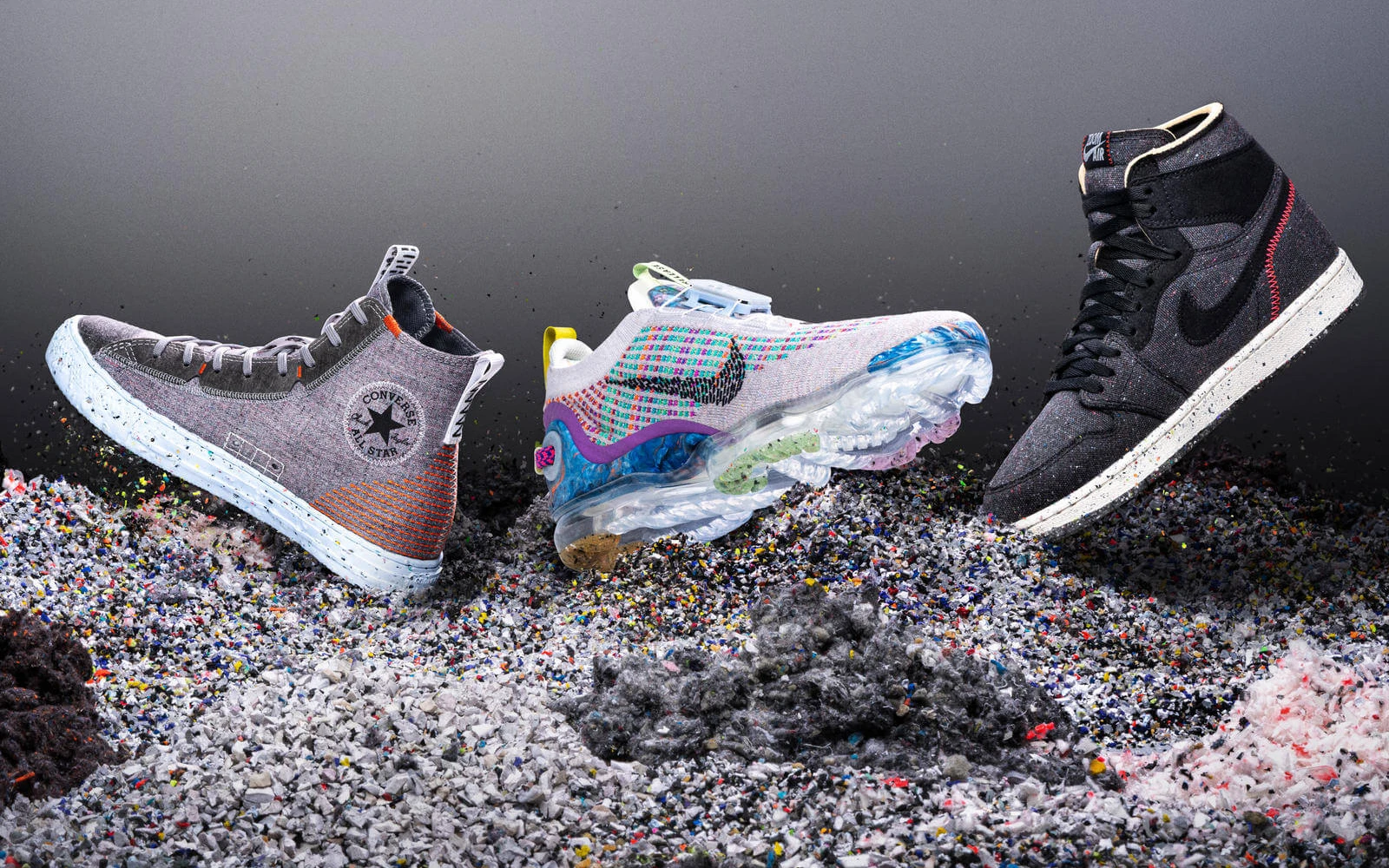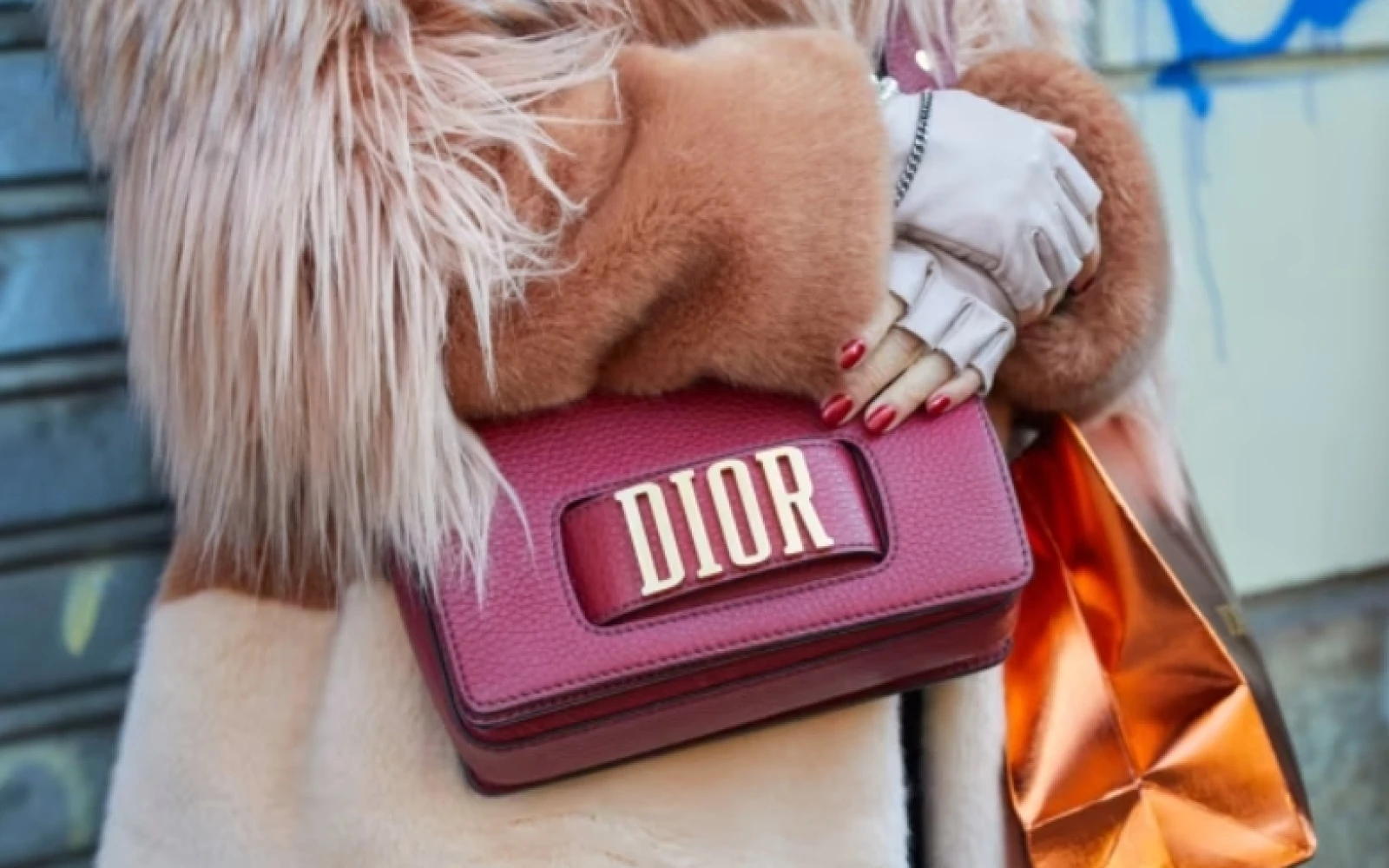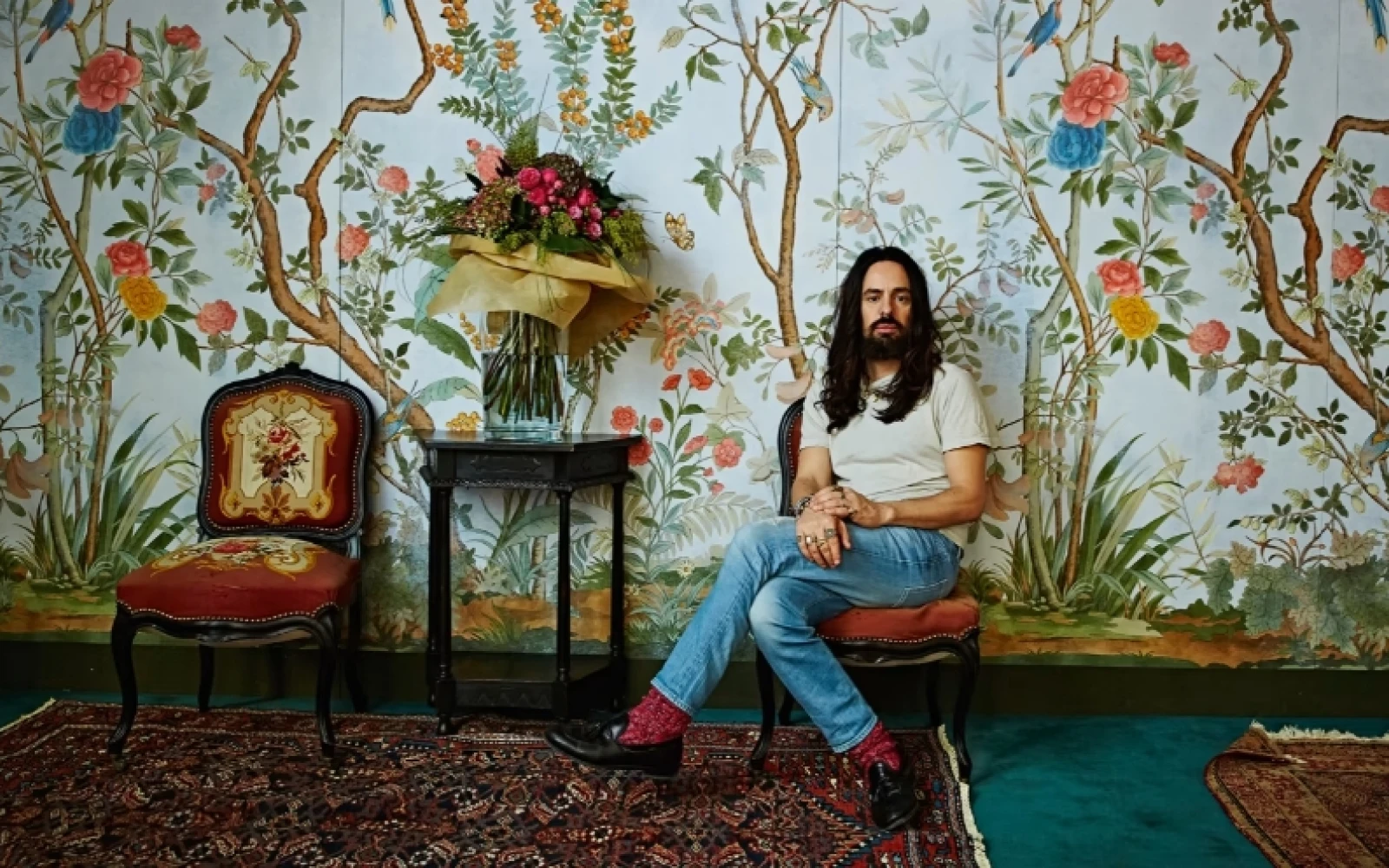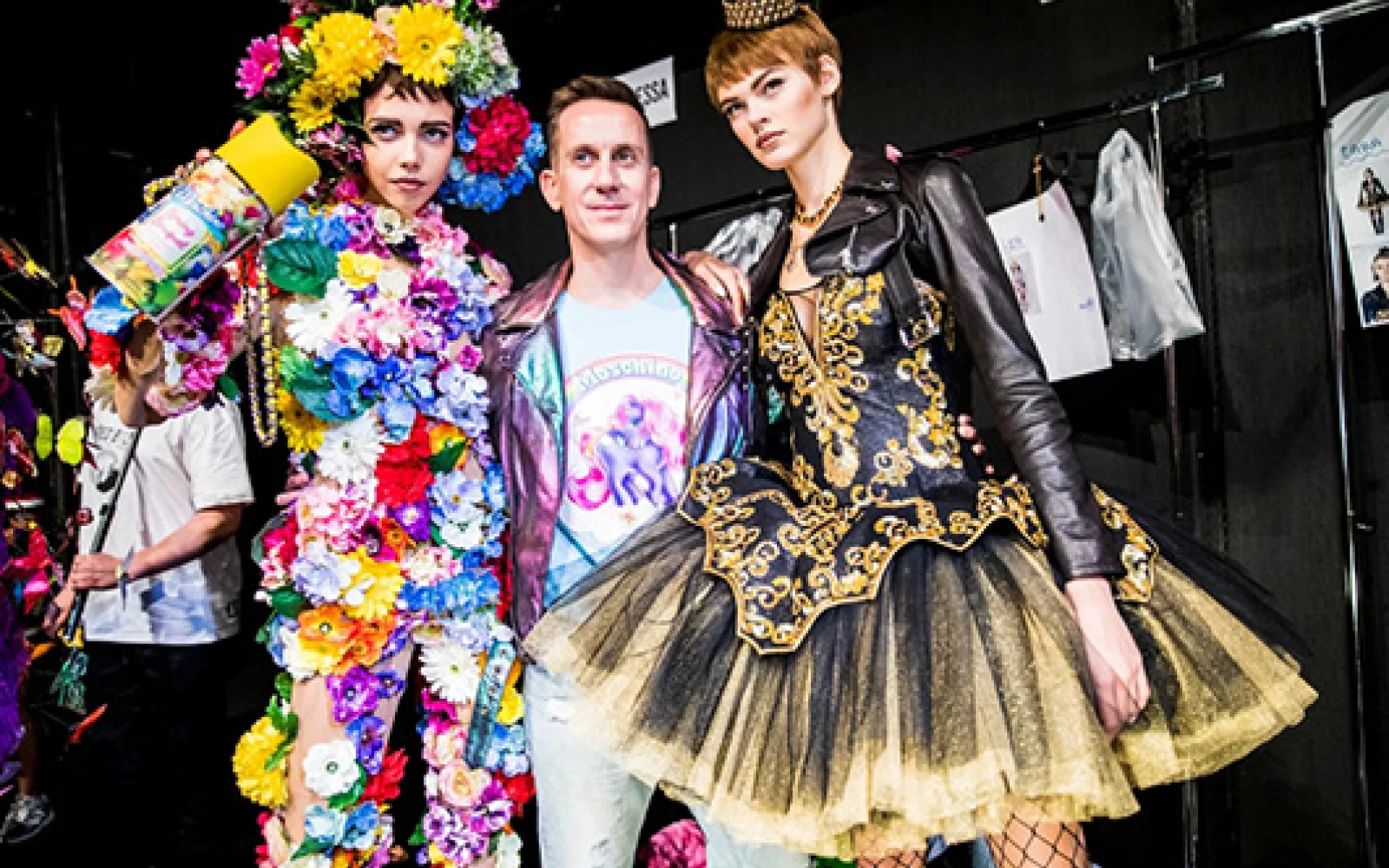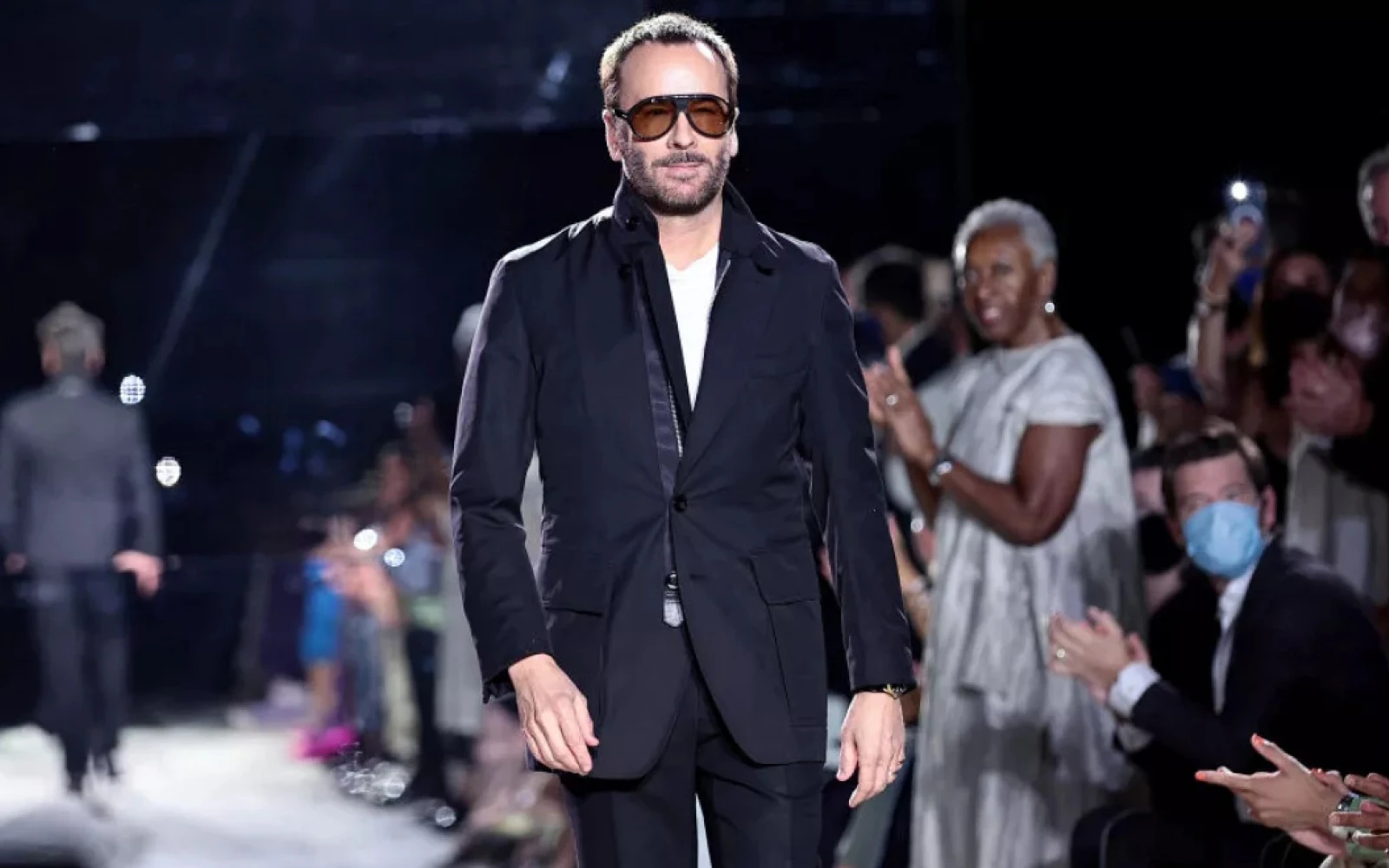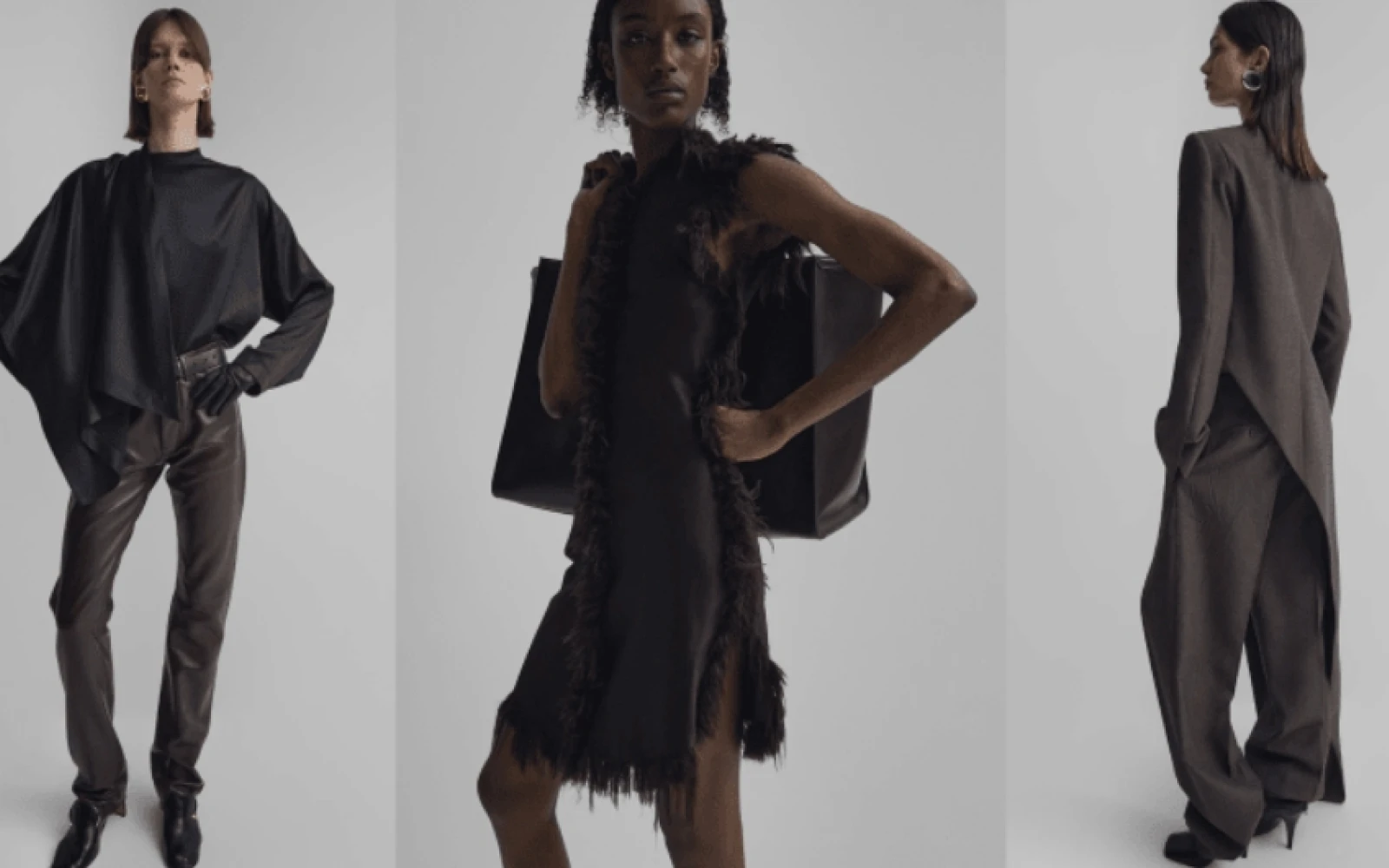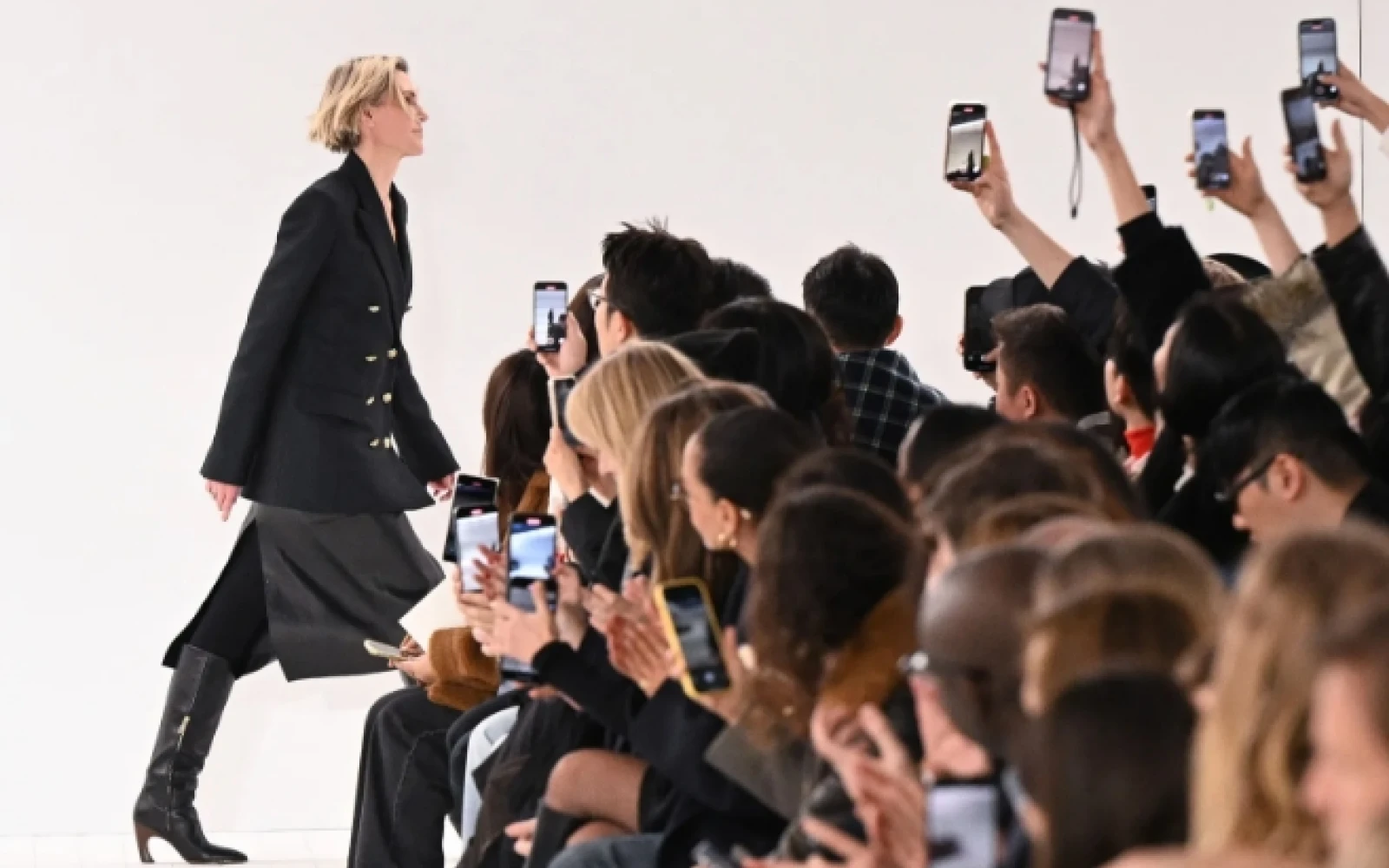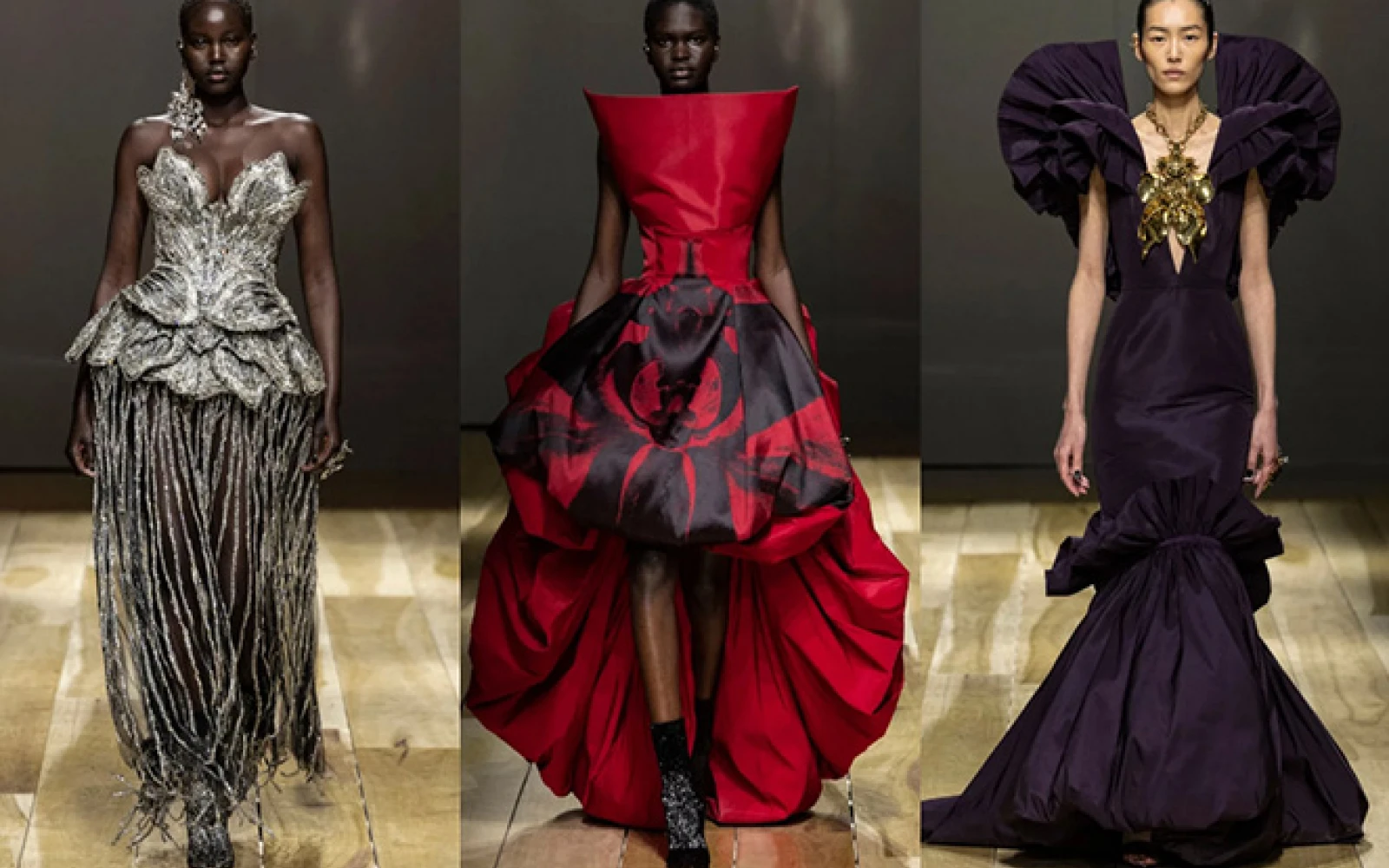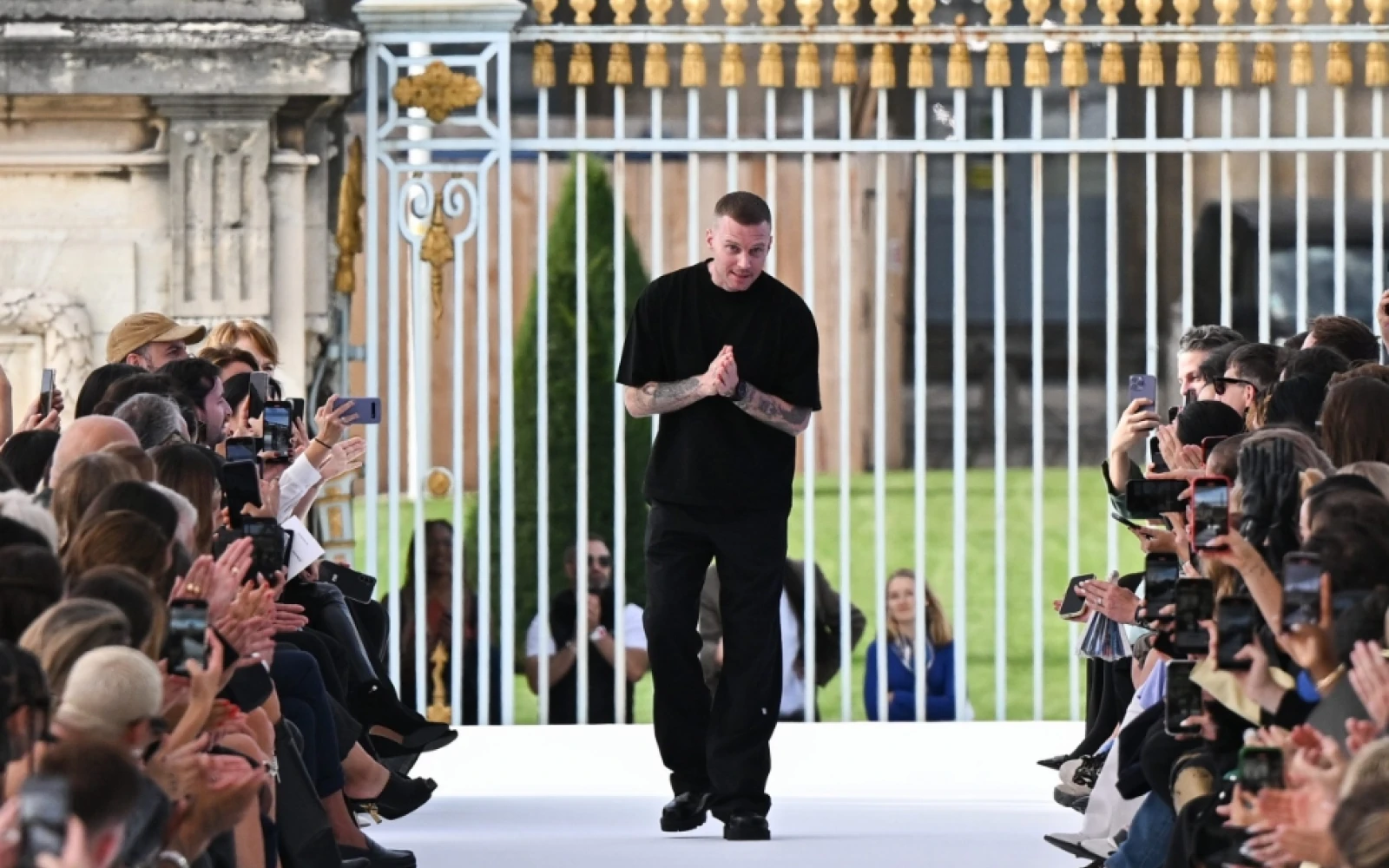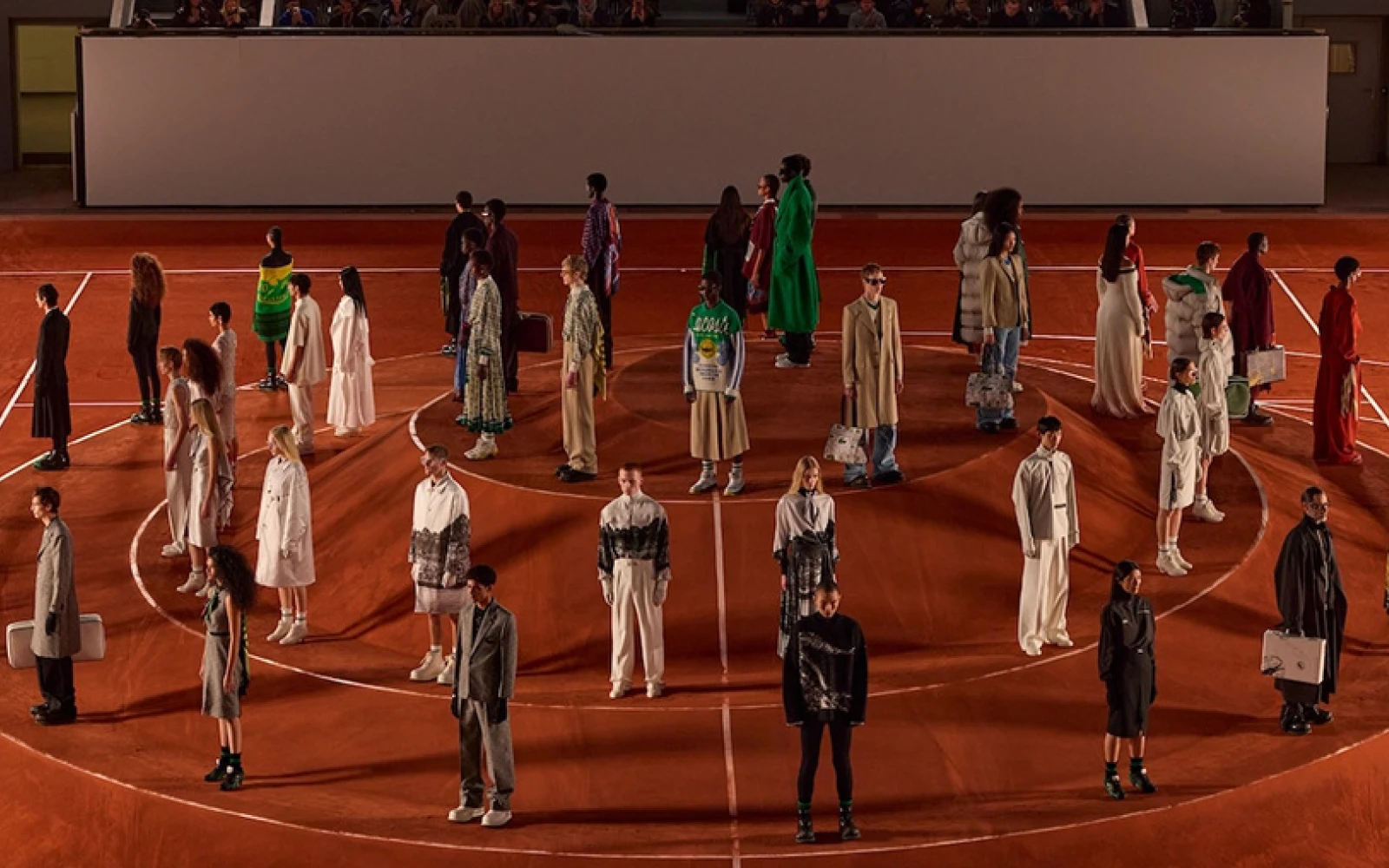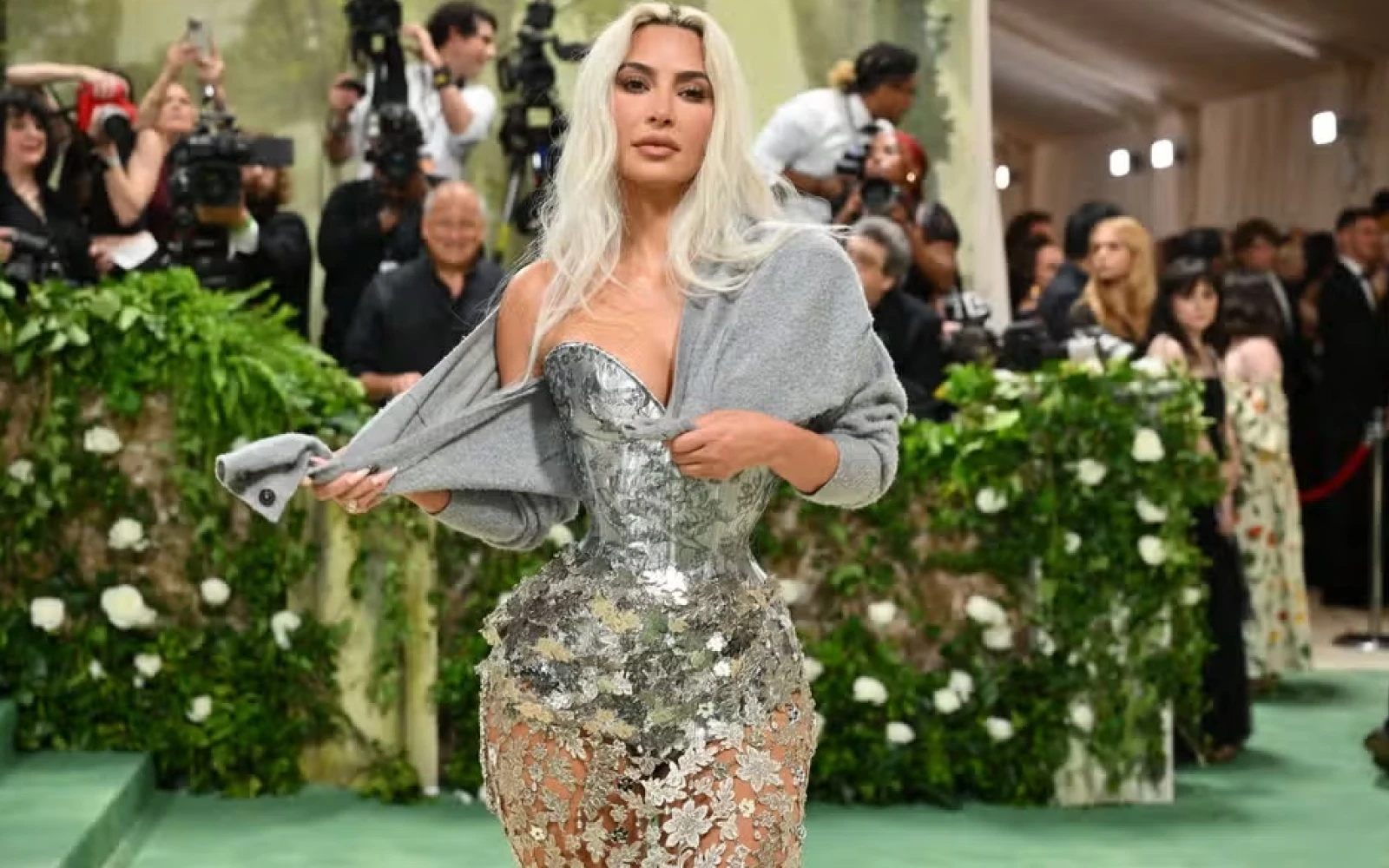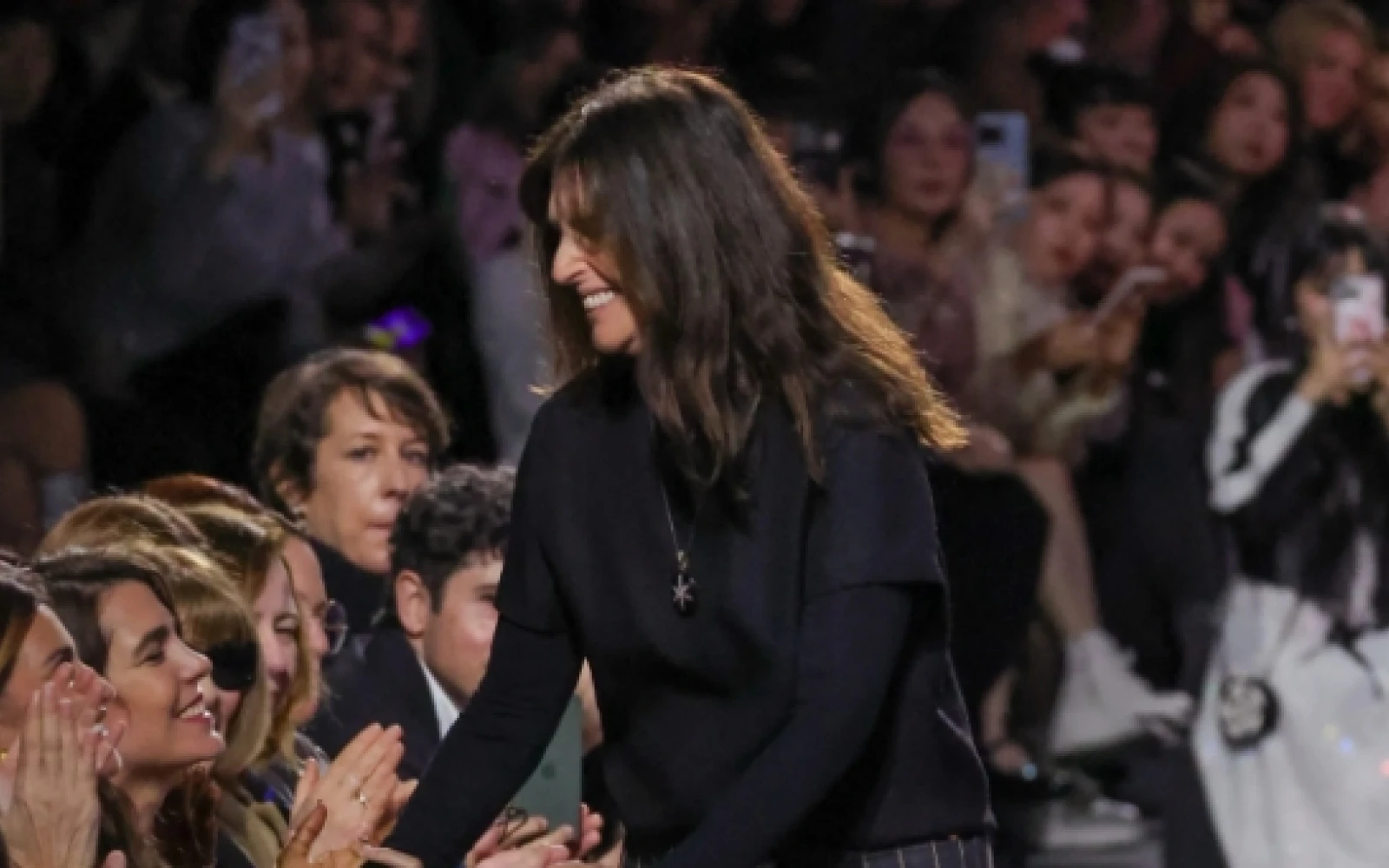It’s like COVID-19 struck the world yesterday, and despite having passed almost five years, brands are still trying to recover from the detrimental impact, or may I say, are beginning to feel the pandemic impact now more than ever. With government relief dissipating and consumer sentiment weakening, fashion houses are now more vulnerable to any changes due to the reduction in cash flow. Consequently, we are seeing more utilitarian designs taking over catwalks and shops, which, by the way, are closing faster than before. Creative directors are swapping places, retiring, or being fired from prominent brands as they grapple with rapid cash flow declines. So in today’s article, we wanted to talk about everything that has happened in fashion in the past year or so, which will end up in the fashion history books one day. Many of the big fashion houses are facing a new dilemma, which never used to be a thing until the internet, and more recently, social media, came up on the horizon. The impact of social media and the democratization of fashion meant that many new emerging fashion designers suddenly gained access to larger audiences and markets. So now, bigger designers see more competition in quality, creativity, and design, and they just have to work a lot harder to remain where they are without seeing much growth.
Nike’s Sustainability Controversy: A Step Backward?
In December last year, Nike made the controversial decision to fire their sustainability staff, citing struggles to remain profitable. This move was met with backlash, especially after Nike's Sustainability Chief Officer suggested that sustainability was now part of everyone’s job title, negating the need for a dedicated team. Critics argue this reeks of greenwashing, especially considering Nike’s previous ambitious goals to halve their carbon footprint through recycling, upcycling, and using more sustainable materials. The question remains: Is a less sustainable Nike better than no Nike at all?
Burberry's Cashmere Conundrum
Burberry recently found itself embroiled in a cashmere scandal, brought to light by PETA activists. During a dramatic meeting disruption, PETA demanded answers about the origins of Burberry’s cashmere. Investigations revealed that between 2022 and 2024, only 55% of the cashmere was traceable and ethically sourced. The remaining, allegedly linked to factories in China and Mongolia, raised serious ethical concerns about animal cruelty and sustainability. This revelation has tarnished Burberry’s reputation and calls for greater transparency in the luxury fashion industry.
Quiet Luxury’s Loud Problems
The trend of quiet luxury turned into a complete farce shortly after it gained traction on social media. Brands like Loro Piana and Berluti faced serious allegations: Loro Piana was accused of failing to pay workers in Peru and exploiting their “Fabric of Gods,” while Berluti was criticized for lack of transparency and animal cruelty issues related to their use of kangaroo leather. These revelations have highlighted the often murky practices behind the serene façade of quiet luxury, pushing consumers to demand more ethical standards.
Dior’s Manufacturing Scandal
Dior has recently been embroiled in a scandal affecting the LVMH conglomerate. In June, authorities in Milan discovered that Dior bags, retailing for close to £3,000, were being produced in factories with poor working conditions at a production cost of just over £50. This disclosure sparked outrage and has put pressure on LVMH to adopt more sustainable and ethical practices. Investors are now demanding that LVMH reassess its operations and commitment to doing things the right way.
Giorgio Armani Scandal
The revered brand Giorgio Armani has recently been engulfed in a scandal that has sent shockwaves through the fashion world. Italian police have uncovered that some of Armani's luxurious bags were being produced by exploited Chinese workers in clandestine workshops on the outskirts of Milan. The investigation revealed deplorable working conditions and significantly below-minimum wages, tarnishing the brand's pristine image. This revelation has sparked outrage among consumers and human rights advocates, who demand accountability from the fashion giant. The situation raises pressing questions about the ethical practices behind high-end fashion labels and the dark realities often hidden beneath their glamorous facades.
Industry Struggles to Maintain Profits Amid Creative Shakeups
The high fashion industry is undergoing a seismic shift, driven by the relentless pursuit of profits by corporate investors. This shakeup is manifesting in significant changes at the creative helms of some of the most iconic fashion houses, disrupting traditional brand identities and sparking widespread debate among fashion insiders and enthusiasts.
Alessandro Michele’s Departure from Gucci
The end of 2022 saw the abrupt dismissal of Alessandro Michele as the creative director of Gucci, a move that shocked the industry. Michele's tenure at Gucci was marked by bold, eclectic designs that revived the brand’s image and profitability. You can find our article covering his best work at Gucci here. His departure has been likened to unleashing a sleeping beast, as it signalled a broader trend of upheaval and transformation within the fashion world. The industry is now watching closely to see how Gucci will navigate this transition and whether it can sustain the momentum Michele generated.
Jeremy Scott’s Departure from Moschino After a Decade
Jeremy Scott's exit from Moschino in 2023, after a vibrant decade of leadership, marked the end of an era for the brand. Known for his playful and irreverent designs, Scott brought a unique flair to Moschino that captivated a global audience. His departure raises questions about the future direction of the brand and whether it can retain its distinctive voice without him at the helm.
Tom Ford Steps Down from His Own Label
In April 2023, the fashion world was stunned when American designer Tom Ford stepped down from his eponymous label. Ford, renowned for his sleek, sensual designs and transformative impact on both Gucci and his own brand, left a void that the industry is eager to see filled. His departure signals a potential shift in the brand's direction and strategy as it grapples with maintaining its iconic status without its visionary founder.
Phoebe Philo’s Triumphant Return
Phoebe Philo’s return to fashion after a six-year hiatus was met with overwhelming excitement from her dedicated fanbase. Her first collection, introduced at the end of 2023, sold out almost immediately, underscoring her enduring influence and the high demand for her minimalist, sophisticated aesthetic. Philo's comeback is a testament to her unparalleled design prowess and the loyalty she commands within the fashion community.
Gabriela Hearst’s Exit from Chloé
Gabriela Hearst's departure from Chloé marks another significant change in the industry. Known for her sustainable approach and elegant designs, Hearst’s exit leaves Chloé at a crossroads. The brand must now find a new leader capable of continuing her legacy while navigating the evolving demands of modern fashion consumers.
Sarah Burton Leaves Alexander McQueen
Sarah Burton, who masterfully steered Alexander McQueen for 13 years following the founder's tragic death, stepped down in September. Her departure closes a significant chapter for the brand, known for its dramatic and theatrical designs. Burton’s influence on McQueen was profound, and her successor will face the challenge of living up to her legacy while steering the brand into its next phase.
Matthew M. Williamson’s Departure from Givenchy
Matthew M. Williamson announced his departure from Givenchy in December, after just three years. His short tenure was marked by a bold, experimental approach that aimed to redefine the brand’s identity. Williamson's exit raises questions about Givenchy’s future direction and how it will manage to carve out a distinctive space in a competitive market.
Lacoste’s New Vision Under Pelagia Kolotouros
Lacoste’s appointment of Pelagia Kolotouros signals a fresh vision for the brand. Known for its iconic polo shirts and sporty aesthetic, Lacoste is poised to undergo a transformation under Kolotouros's leadership. Her appointment reflects the brand’s ambition to innovate and stay relevant in an ever-evolving fashion landscape.
Valentino’s Strategic Move with Alessandro Michele
Valentino recently made headlines by appointing Alessandro Michele, who staged a lookbook release on the same day as Gucci’s runway show. This bold move is seen by many as a strategic attempt to overshadow Gucci, highlighting the competitive nature of the fashion industry. Michele’s new role at Valentino is highly anticipated, with expectations that he will bring his unique vision and revitalizing touch to the brand.
John Galliano to Leave Maison Margiela
The impending departure of John Galliano from Maison Margiela in September marks another major shift. Galliano, known for his theatrical and avant-garde designs, brought a unique and controversial flair to the brand. His exit will undoubtedly leave a significant impact, and the fashion world is keen to see who will step in to fill his creative shoes.
Chanel in Transition After Virginie Viard’s Departure
Chanel is currently in a state of transition following the announcement of Virginie Viard’s departure. Viard, who succeeded Karl Lagerfeld after his passing, brought a quieter, more refined elegance to the brand. With Chanel yet to announce her successor, speculation is rife about who will take over and how they will honour the brand’s storied legacy while infusing it with new energy.
The fashion industry stands at a crossroads, with these high-profile departures and appointments signalling a period of significant transformation. As brands navigate these changes, the true test will be their ability to innovate while staying true to their core identities, all under the watchful eye of an ever-discerning public.
